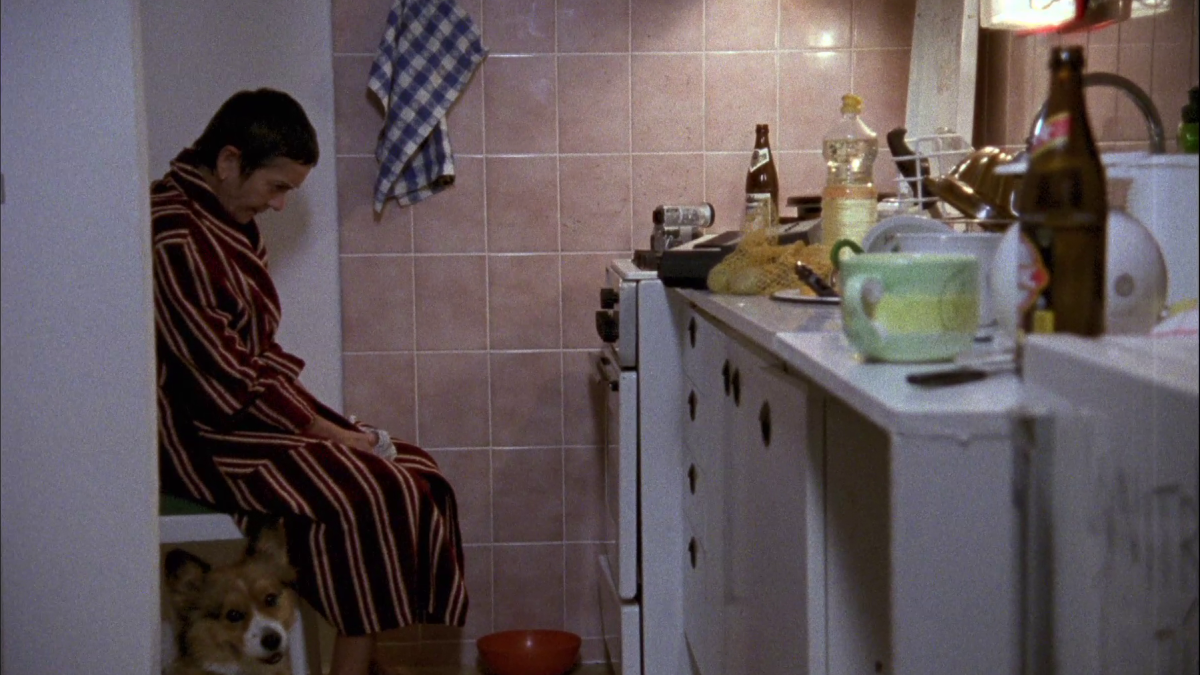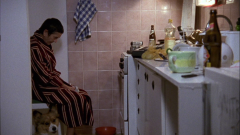Viera Čákanyová (b. 1980) studied scriptwriting at the Academy of Performing Arts in Bratislava and documentary filmmaking at FAMU in Prague. Her feature debut FREM (2019) premiered at the Ji.hlava IDFF 2019 and the Berlinale 2020, and won Best Debut at the ELBE DOCK Festival. Her subsequent film White on White (2020) claimed top honors at the Ji.hlava IDFF in 2020, GreenDox Award at Dokufest in Kosovo, the Czech Competition at One World in Prague, and was selected for the main competitions at Sheffield DocFest and ZagrebDox.
Alda
Alda
Alda
Mrs. O. is suffering from dementia. Her story is told through a combination of documentary footage and her video journals. She uses a digital camera to document daily activities, memories, thoughts, and event commentaries. Through an individual story of gradual memory loss, Alda reflects the attitude of the post-communist society towards its recent history.
'I found Mrs. Oldriska by random search on the internet when I was searching for information about different malfunctions of memory. She had a blog, where she published short diary notes and simple poems. According to her profile, she suffered from Alzheimer's type of dementia. I found it interesting how she reflects on her past through the experience with the disease, what remains in the memory and what just fades and how different memories deform or reform the past, not just in some individual life, but also in so-called collective memory of a society, or country.
I wrote the script of the film Alda based on our discussions and her diaries, and I used her expressions, her way of talking and reflecting reality. It is her voice-over in the film. A lot of ideas emerged spontaneously or as a result of improvisation during the recording. The lady in the picture is an actress, because for Mrs. Oldriska the shooting would be extremely exhausting, and she was OK with this kind of solution.
While I was writing the script for Alda, I lent a small digital camera to Mrs. Oldriska and asked her to record for me some situations from her everyday life. I thought it might help me with the writing, and that maybe I could use some of it in the film. But when I saw the footage, it was a separate movie by Mrs. Oldriska herself. I ended up editing the material to 75 minutes and named the film Olda. With no previous experience in filmmaking, she uses the camera in a very spontaneous way, sometimes fighting with the technical limits of the device, sometimes even forgetting about the shooting itself. The result is a diary-style film dealing with aging, pain, and solitude in a raw, non-aestheticized manner.
These two films are in a way complementary and they refer to different ways of approaching reality in documentary filming—an author's point of view versus the pure record of what appears to be so-called "authentic reality.' - Viera ČÁKANYOVÁ

Schedule
| 場次地點 | 場次時間 | 場次備註 | 加入我的行程 | |
|---|---|---|---|---|
| 花蓮鐵道電影院 | 2024/12/07 - 17:15 to 18:06 | Login or Sign up | ||
| 海馬迴 光畫館 | 2025/05/15 - 19:30 to 20:21 | Login or Sign up | ||
| 都蘭地下書店 | 2025/05/30 - 19:00 to 19:51 | 報名去 | Login or Sign up | |
| 台中新時代威秀影城 | 2025/06/14 - 19:20 to 20:11 | Login or Sign up | ||
| 中山73影視藝文空間 | 2025/06/25 - 19:30 to 20:21 | 索票方式 | Login or Sign up | |
| 新竹市影像博物館 | 2025/07/19 - 17:30 to 18:21 | 索票去 | Login or Sign up |








